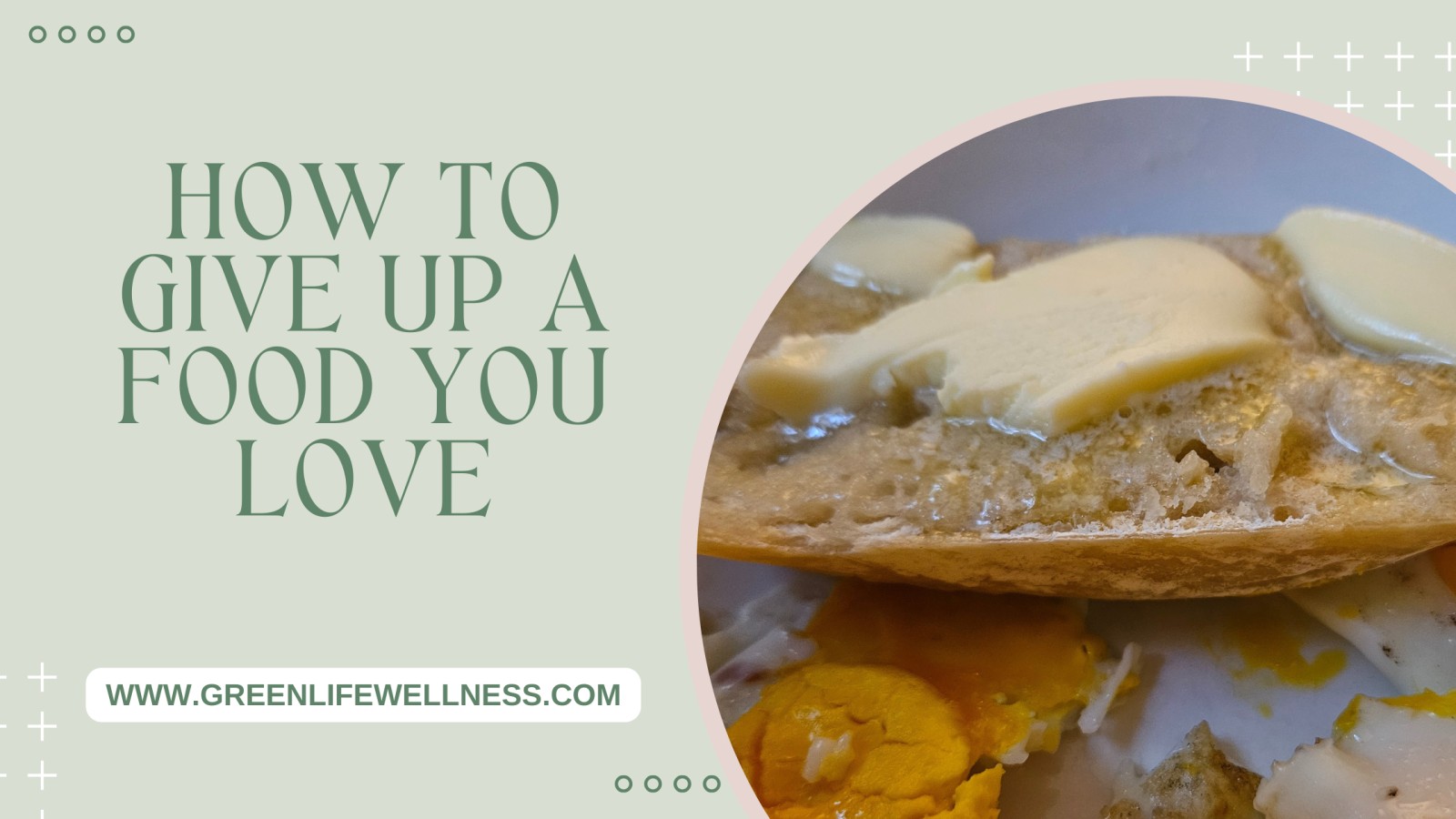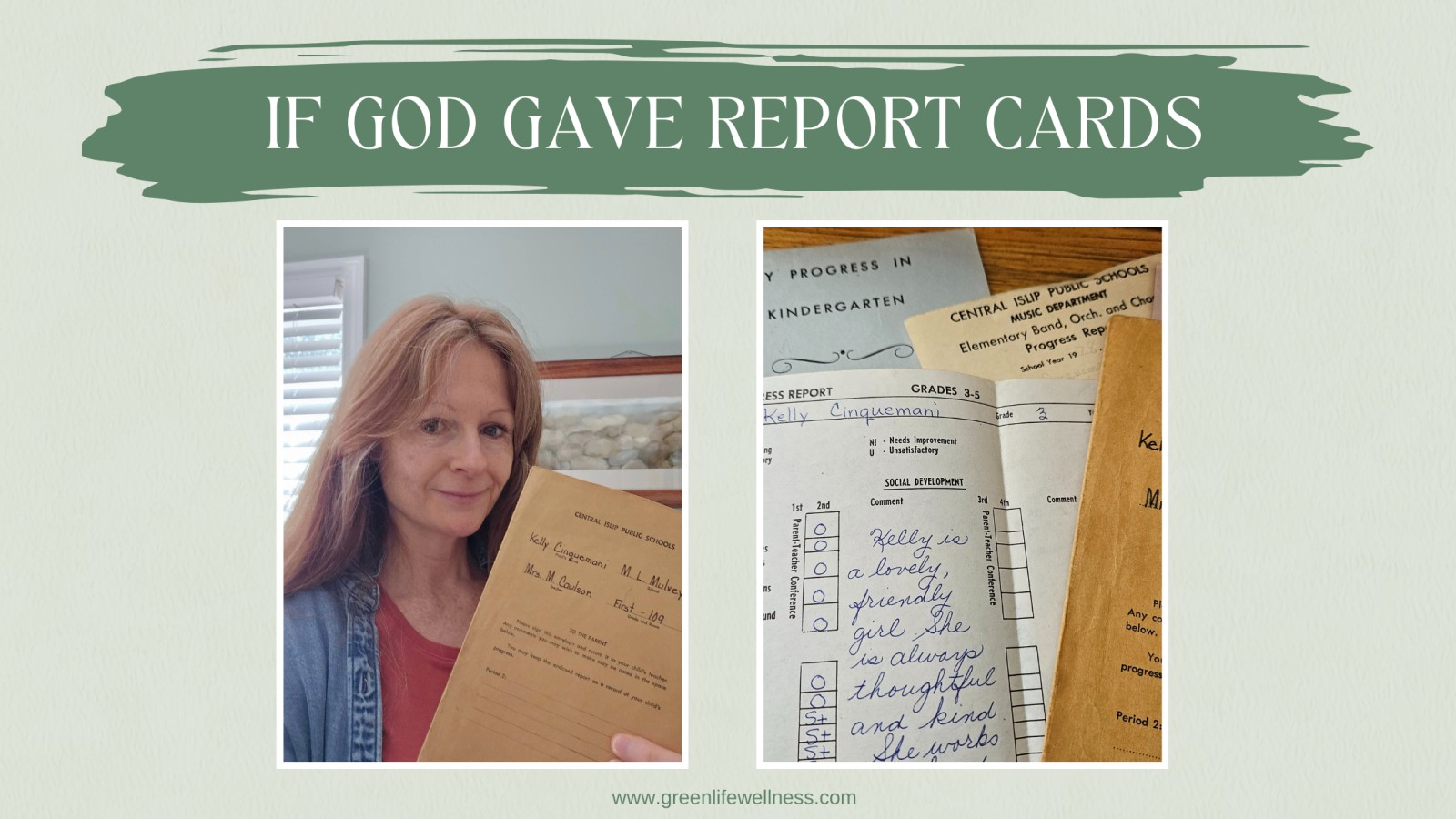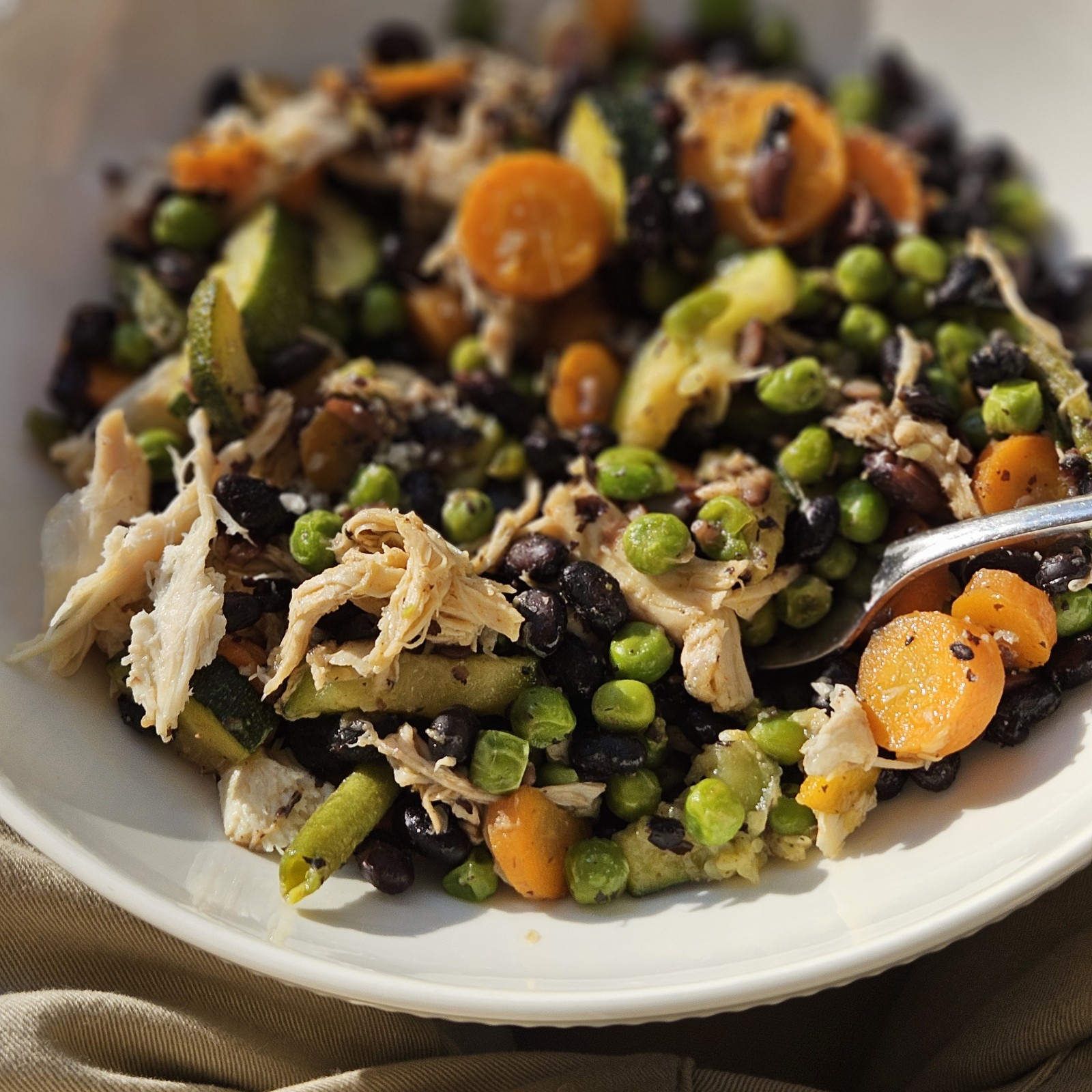
If you ever need an idea for leftover chicken this one is quick, easy and delicious..oh and super nutritious too!
What you'll need:
2 cups leftover chicken shredded or chopped
2 cups black beans (cooked or canned and rinsed)
2 cups assorted seasonal veggies chopped (it's summer so I'm using zucchini, carrots, green beans and peas)
2 Tbs chicken broth
2 cloves fresh garlic pressed
Butter, olive oil or both
Salt, pepper and your favorite spices
Heat a large cast iron or stainless steel skillet .Add butter or olive oil and cook the veggies until tender. Add garlic and saute 1 minute.
Add black beans and chicken, 2 TBS chicken broth, salt, pepper and spices as desired. Cook a few minutes until flavors meld.
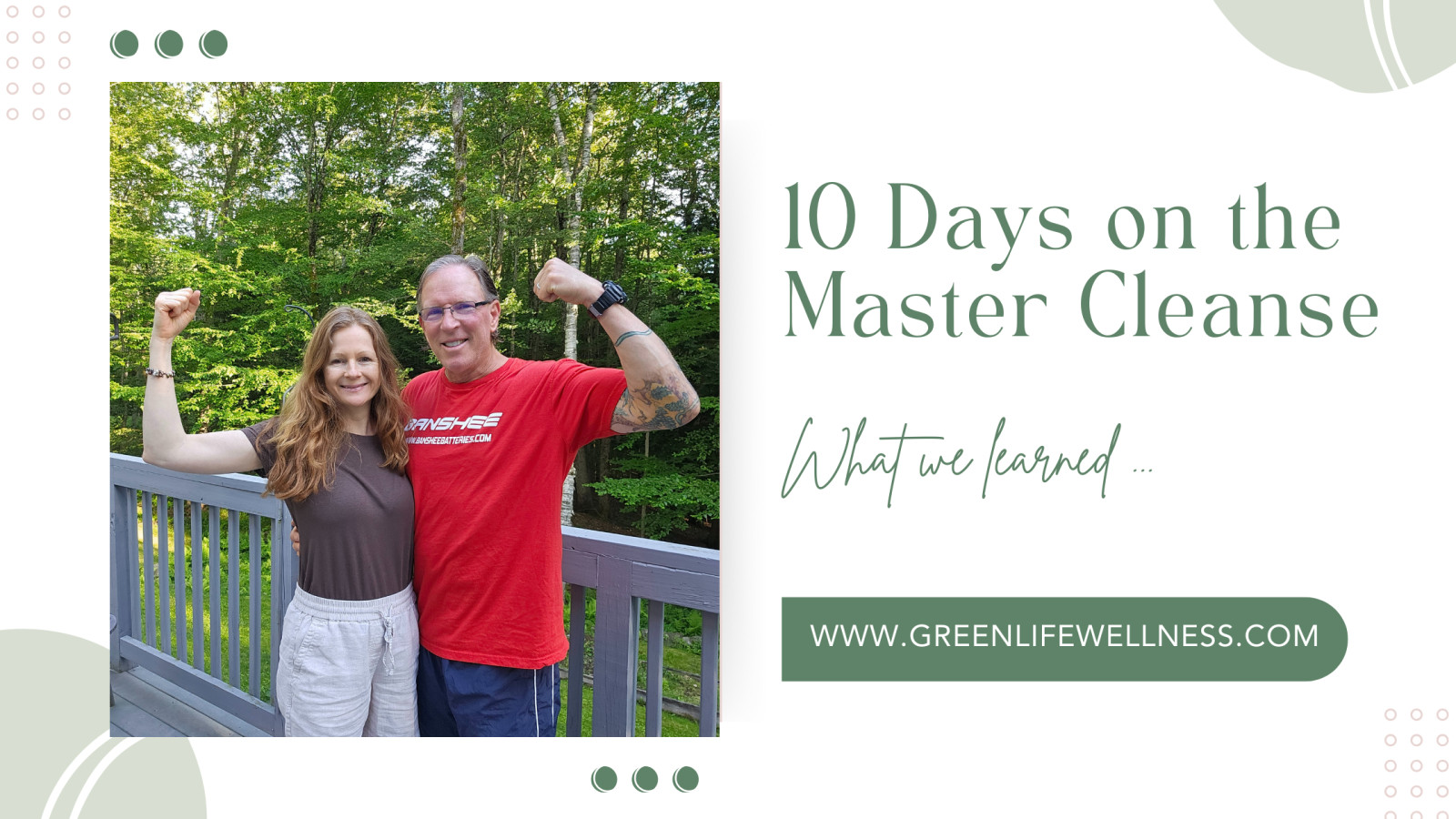
Craig and I just completed 10 days on the Master Cleanse, and while shedding a few pounds is always a nice perk, the real transformation has gone so much deeper than the scale.

When most people think about cortisol, they think of stress—and maybe some trouble sleeping or weight gain around the belly. But there’s a hidden effect of prolonged high cortisol that many people don’t talk about:
👉 Pain. Especially in areas like the hips, shoulders, and lower back.
If you've been dealing with stubborn joint or tendon pain that seems to linger no matter what you do—or flares up during busy, high-stress seasons—your body might be giving you a clue: your cortisol is too high, for too long.
Let’s break it down.
🔬 What Is Cortisol Doing to Your Joints?
Cortisol is your body’s primary stress hormone. It’s essential for survival and helps you respond quickly in times of danger. But when stress becomes chronic and cortisol levels stay elevated, it starts to wear down more than just your patience.
Here’s what high cortisol does over time:
- Breaks down collagen – the protein that gives tendons and ligaments strength and flexibility
- Slows healing – which means small strains or overuse injuries don’t recover properly
- Increases inflammation – making pain more noticeable, and sometimes more widespread
- Disrupts blood sugar – which creates tension in muscles and connective tissue
The result? That “mystery” hip pain. The shoulder that feels pinched or inflamed for no clear reason. The joints that seem more creaky or tight after a stressful week. Even though my shoulder pain is injury related I definitely notice that it's worse when I'm busy!
This isn’t just about aging—it’s about stress chemistry.
💡 Why Pain Often Shows Up in the Hips and Shoulders
The hips and shoulders are especially vulnerable because:
- They’re major tension carriers—especially when posture is poor or muscles stay tight (sitting at a computer too much?)
- They're deeply involved in daily movement, so even slight imbalances become noticeable
- They contain large connective tissue structures, which are especially impacted by inflammation and cortisol-related breakdown
You may also unconsciously tense your shoulders when you're anxious or sleep in a fetal position when overwhelmed—both of which create long-term stress on joints and tissues.
🛠️ What You Can Do (That Doesn’t Involve More Meds)
The good news is, your body was designed to heal—when it's supported.
Here are a few ways to start calming cortisol and supporting joint repair:
- Balance Blood Sugar
Eat protein within an hour of waking, and don’t skip meals. This stabilizes cortisol and supports your body’s healing processes. - Support Collagen Production
Bone broth, vitamin C, and silica-rich foods like cucumber and leafy greens help restore the integrity of tendons and ligaments. - Take Cortisol-Calming Breaks
A 2-minute reset during the day—deep breathing, walking outside, prayer, or journaling—can help bring your stress hormones down in real time. - Look for Hidden Inflammatory Triggers
Food sensitivities, environmental toxins, and poor sleep can all raise cortisol quietly behind the scenes - Work with a Physical Therapist
I love mine! She Mine gives me exercises to improve my posture, increase support around my joints and relieve tension when I do get stressed.
🌿 Final Thoughts
Your pain may not just be a structural issue—it might be a stress signal.
If your body feels like it’s falling apart, or you’ve been told “it’s just aging,” I encourage you to dig deeper. Cortisol could be the missing piece. The best part? You don’t have to overhaul your life to start seeing changes. Small, intentional shifts can make a big difference.
Want more tips like these? I send out weekly emails on how to calm cortisol naturally and restore your body’s balance. You can sign up here.
Let's work with your body, not against it!
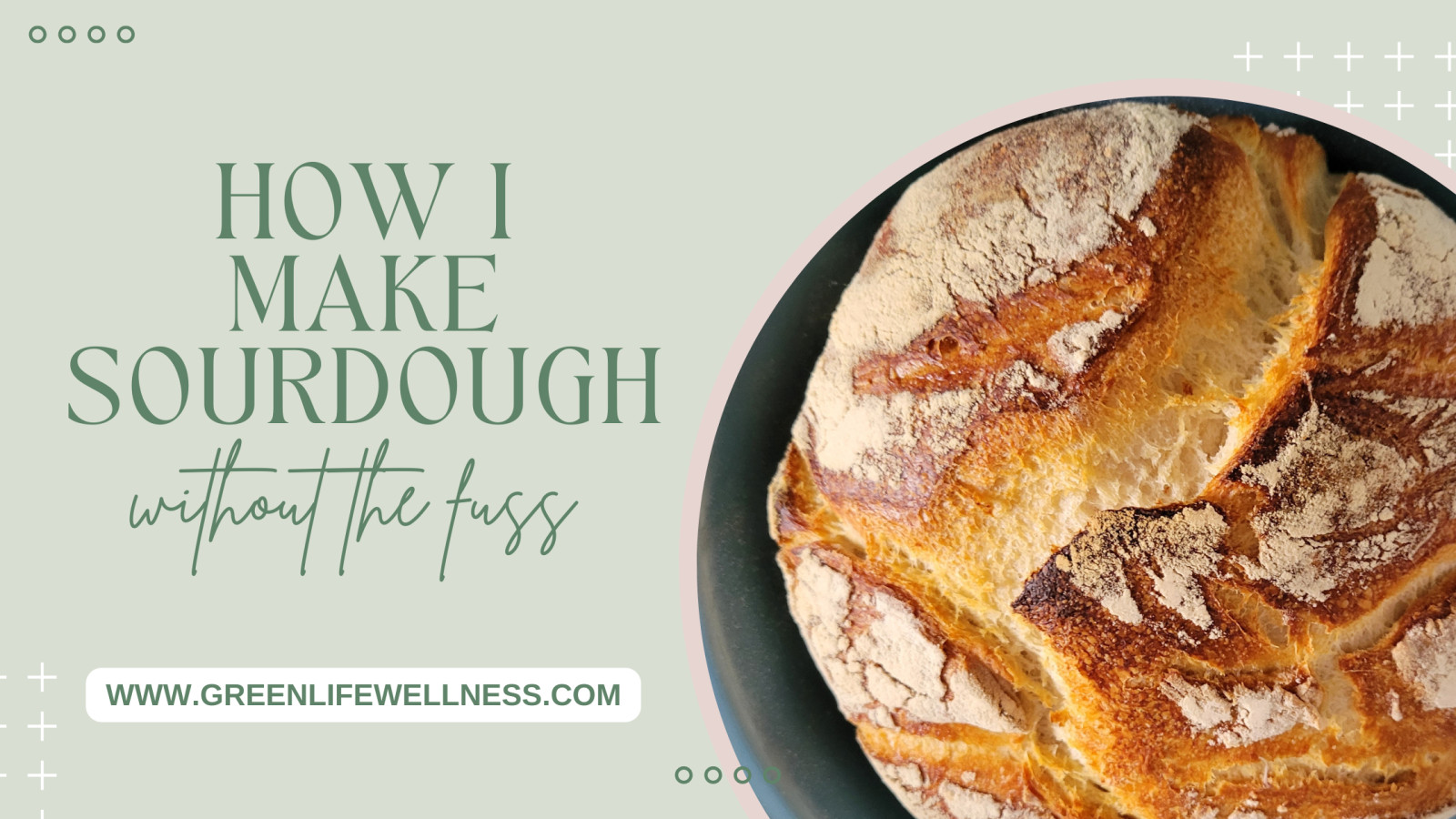
How I Make Sourdough Bread (Without the Fuss)
If you’re new to baking sourdough or just looking for a simple rhythm that fits into your busy life, you’re in the right place. My method is relaxed, approachable, and lets the dough do most of the work while you sleep. Evening prep, overnight rise, morning bake—it’s that easy.
But before we dive into the method, let’s cover a few important basics that make all the difference:
🥣 Use the Right Bowl
Sourdough is naturally acidic and doesn't play well with metal. Using metal bowls (especially reactive metals like aluminum) can weaken your starter and affect fermentation. Always choose glass, ceramic, or food-grade plastic (though I personally stick with glass or ceramic for peace of mind).
🌡️ Ideal Room Temperature for Fermentation
Your dough needs a cozy environment. The ideal temperature for bulk fermentation is between 70–75°F (21–24°C). If your home is chilly, consider placing the bowl inside the oven (turned off) with just the light on or near a warm appliance to help it rise steadily.
🫙 How to Know If Your Starter Is Active
A strong, active starter is key to a great loaf. I take mine out of the fridge in the morning, feed it (usually equal parts flour and water by weight), and let it rise throughout the day. By evening, it’s airy, bubbly, and pleasantly tangy.
Tip: A healthy starter should double in size within 4–6 hours of feeding and pass the float test—a spoonful of starter should float in water. If it sinks, it’s not quite ready yet.
🌾 Why Sourdough Is Easier to Digest (Even for Some with Gluten Sensitivity)
One of the most surprising benefits of sourdough is that many people with mild gluten sensitivity find they can tolerate it, even though it's made with wheat flour. Here's why:
- The long fermentation process breaks down much of the gluten, making it easier to digest.
- It also reduces phytates, which improves mineral absorption.
- The naturally occurring lactic acid bacteria help pre-digest the flour and can support gut health.
- Sourdough has a lower glycemic index compared to conventional breads, meaning it won’t spike blood sugar as quickly.
Note: This doesn’t apply to celiac disease—sourdough still contains gluten unless made with gluten-free flour and a separate starter.
My Go-To Sourdough Bread Metho
Ingredients:
- ¼ cup active sourdough starter
- 2 ⅔ cups (640 ml) lukewarm water
- 1 tsp sea salt
- 4 ¼ cups (510 g) bread flour or all-purpose flour
Instructions:
- Mix
In a large ceramic or glass bowl, combine the active starter with lukewarm water. Stir to dissolve. Add the flour and salt, and mix by hand or with a dough whisk until no dry bits remain. Dough will be shaggy and sticky. Cover with a clean, damp tea towel, and let it rest for 10 minutes (autolyse). - Stretch & Fold
Perform a set of stretch and folds: reach under the dough, stretch one side up, and fold it over. Turn the bowl and repeat 4–5 times. This gently develops gluten without kneading. - Bulk Fermentation
Cover the bowl with a damp tea towel or plate and let it sit at room temperature overnight (8–12 hours). By morning, it should have doubled, look domed, and feel soft and jiggly when you nudge the bowl. - Shape
In the morning, turn the dough out onto a lightly floured surface. Use a bench scraper to help if needed. Stretch and fold again briefly, then shape into a round (boule). Place seam-side up into a bowl lined with a floured tea towel (this is your proofing basket or banneton). Let rise for about 1 hour. - Preheat & Prepare
While the dough is proofing, preheat your oven to 400°F (204°C). Line a Dutch oven or baking dish with parchment paper. - Score & Bake
Carefully transfer the dough onto the parchment-lined baking dish. Use a lame or sharp knife to score a line down the center—this controls the expansion during baking. - Bake Covered
Cover and bake for 30 minutes. The cover traps steam, which helps the bread rise beautifully. - Uncover & Finish
Remove the lid and bake for another 30 minutes, or until the crust is golden brown and crisp. - Cool Completely
Transfer to a wire rack and let cool fully before slicing—this step allows the crumb to set and finish baking internally.
Final Thoughts
This method has become a peaceful evening ritual for me. Feed the starter in the morning, mix after dinner, and by sunrise, your home smells like a bakery. It’s wholesome, satisfying, and—despite its rustic look—surprisingly forgiving.
Sourdough may take a little longer than store-bought bread, but the nourishment it brings to both body and soul is well worth it.
If you give it a try, I’d love to hear how it goes!




